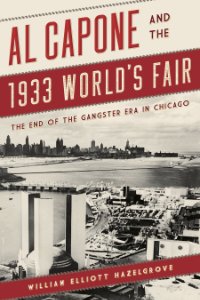By Patrick Meehan and Jonathan Goodhand
This research paper advances a conceptual framework for analysing the nexus between paramilitaries, illicit economies and organised crime in borderland and frontier regions. We challenge two dominant policy narratives around paramilitaries: first, the idea that these organisations are symptomatic of state breakdown and flourish in marginal spaces suffering from ‘governance deficits’. Second, the idea that paramilitaries can primarily be understood as apolitical, predatory and self-enriching actors, driven by economic motives, and operating outside formal political systems. In critiquing these narratives, we develop an alternative approach that studies how paramilitaries become embedded in enduring systems of rule in borderlands shaped by protracted conflict and illicit economies. At the centre of our approach is the concept of ‘coercive brokerage’ which provides a lens for exploring how paramilitaries play a crucial role in shaping power relations by mediating between different scales, jurisdictions and policy domains. Brokerage can be defined as the capacity to mediate the transmission of power across divides – or synapses – between different networks or power structures, and facilitates connections outside formal institutions. In conflict-affected frontier spaces, the use of violence – actual or threatened – enables brokers to fulfil their connective function and creates a privileged space for distinct forms of ‘coercive brokerage’. Coercive brokers have an ambiguous relationship with the state; they derive power from mediating the state’s influence, rather than acting as state proxies. By fulfilling these roles as intermediaries, coercive brokers become embedded in political and market systems in frontier regions and beyond. As we argue below, over time, coercive brokers become important political actors who deal with collective action problems by cementing alliances and political coalitions that connect political centres with frontier regions, and who pursue political interests and agendas. Not all paramilitaries become coercive brokers who end up assuming significant political roles. We aim to explore why some paramilitary figures and groups become powerful coercive brokers and others do not. We also examine why coercive brokerage seems to be a particular feature of frontier and borderland contexts. And finally, we aim to better understand variation in the dynamics of coercive brokerage – at the national and subnational levels. This paper is the first of a three-part series exploring the nexus between paramilitaries, illicit economies and organised crime. This first paper conceptualises coercive brokerage and outlines how this concept advances the growing body of recent literature on militias and paramilitaries. The second paper then works with the concept of coercive brokerage to present comparative analysis of the paramilitary-organised crime nexus in three contexts: Afghanistan, Colombia and Myanmar. These case studies draw upon data and analysis generated by a four-year Global Challenges Research Fund (GCRF) project, Drugs & (Dis)order (https://drugs-and-disorder.org/). The third paper outlines a set of policy implications based on the key findings from across the case studies.
SOC ACE Research Paper No 26. University of Birmingham. 2023. 35p.






